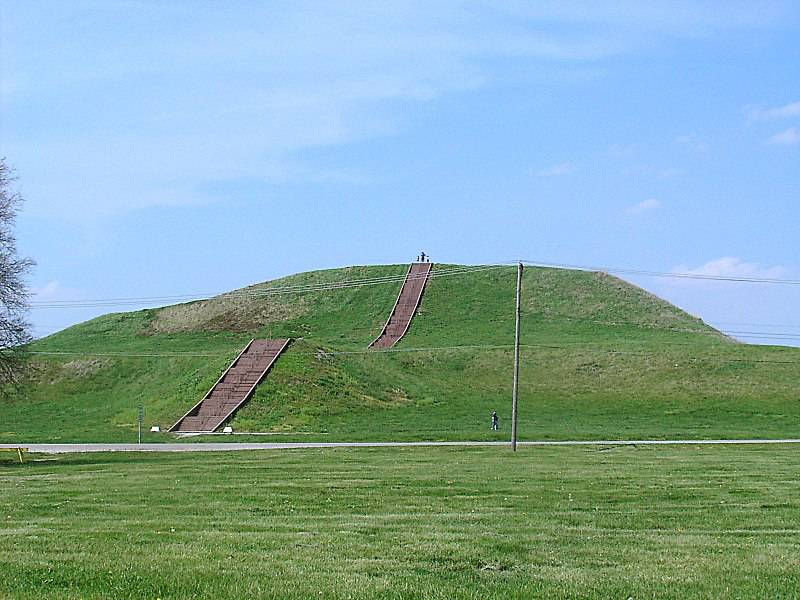Scientists Discover the Amazon's Dark Earth, Could It Help Save the World?
- Chethana Janith

- Aug 11, 2024
- 3 min read
By Chethana Janith, Jadetimes News

This ancient soil buried deep in the forest might just be our greatest hope for the future.
The Amazon Rainforest is known in part as one of the biggest carbon reserves on the planet (despite our best efforts to make it less so).
A new study from U.S. and Brazilian scientists discerns how much “dark earth”, lands cultivated by indigenous peoples known to sequester carbon more effectively than the Amazon’s typical sandy soils, is in the Xingu Indigenous Park in the southeast Amazon.
The results show that 3.4 percent of the park is covered in “dark earth,” and is capturing 9 million more tons of carbon than previously estimated, showing that the Amazon is even more precious than ever.
The Amazon Basin has long been regarded as the lungs of the Earth. And if that’s true, then sadly, the planet has a bit of a smoking problem.
Although the Amazon contains 123 billion tons of carbon above and below ground, making it one of the most important carbon sinks in the world, humans continue to illegally mine and deforest the region, or set up cattle ranches that just burp out more CO2 rather than sequestering it. In 2022, the Monitoring of the Andean Amazon Project (MAAP) estimated that 13.2 percent of the Amazon rainforest biome has been lost, which is an area roughly one-tenth the size of the U.S.
Now, a new study from U.S. and Brazilian scientists shows that the Amazon Basin could be even more adept at capturing carbon than experts previously realized via a highly nutrient- and carbon-rich soil called terra preta, or “dark earth.” While that ominous title might sound like the description of some evil-mirror-universe version of our home planet, the name simply refers to the color of a type of soil that’s been meticulously cultivated by native peoples in the Amazon Basin for generations.
According to this study, this soil, formed by spreading ash and waste around settlements, is much more adept at locking in carbon than the basin’s typical sandy soils. And by some estimates, it could contain as much carbon as the Amazonian plants themselves. The results of the study were published in the journal Nature Sustainability.
Back in September of 2023, scientists from the University of Miami and MIT discerned that indigenous practices were the source of ‘dark earth” found throughout the Amazon Basin by focusing on sites in the Xingu Indigenous Park in the southeast Amazon.
“The ancient Amazonians put a lot of carbon in the soil, and a lot of that is still there today,” University of Miami’s Samuel Goldberg, who is also a co-author of this new study, said in a press statement at the time. “That’s exactly what we want for climate change mitigation efforts. Maybe we could adapt some of their indigenous strategies on a larger scale, to lock up carbon in soil, in ways that we now know would stay there for a long time.”
In this new study, Goldberg and his colleagues set out to discover just how much of this soil might be spread throughout the entire 6-million-acre Xingu Indigenous Park by using satellite images. But because the Amazon’s tree canopy obscures the ground, scientists relied instead on the higher amounts of chlorophyll found in undisturbed trees growing on these ancient middens to indicate regions of dark earth.
The team then trained a machine-learning algorithm on these satellite images to discern what areas of the Amazon contained these concentrations of carefully cultivated soil. The algorithm predicted that at least 3.4 percent of the park contains terra preta—roughly 91,000 hectares (224,865 acres) of the stuff. That means this small piece of the Amazon is actually capturing 9 million tons more carbon dioxide than normal, which means that the Amazon in total could be sequestering billions more tons of CO2 than we realize.
However, the researchers are wary of applying this 3.4 percent to the entirety of the Amazon. For one, there are likely many uncontacted tribes in the Amazon that we still don’t know about, and archaeologists are only beginning to uncover entire cities lost to time throughout the rainforest. So, knowing definitively how many of these cultivated “dark earth” areas exist throughout the basin is difficult, but the evidence suggests that the “lungs of the Earth” are doing more than their fair share to keep the planet healthy.
Now, it’s time for humanity to do its part and kick its centuries-long, CO2-spewing addiction.










































Comments